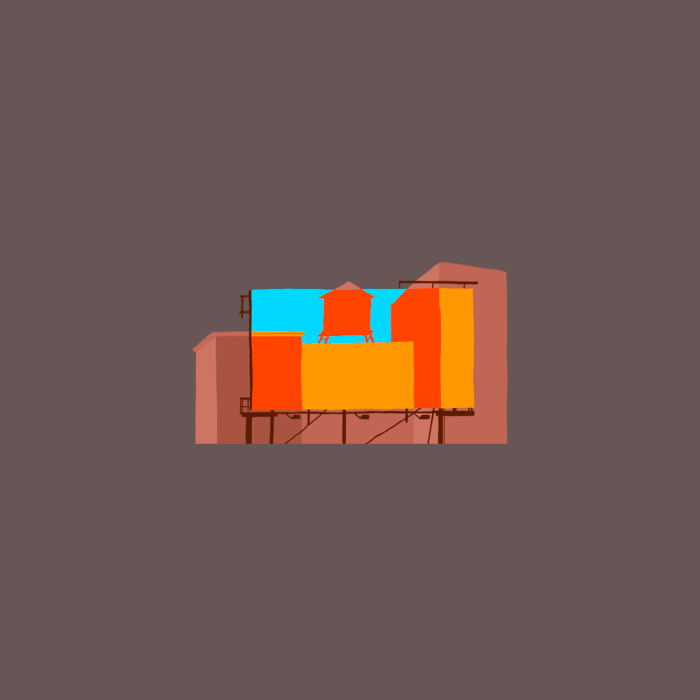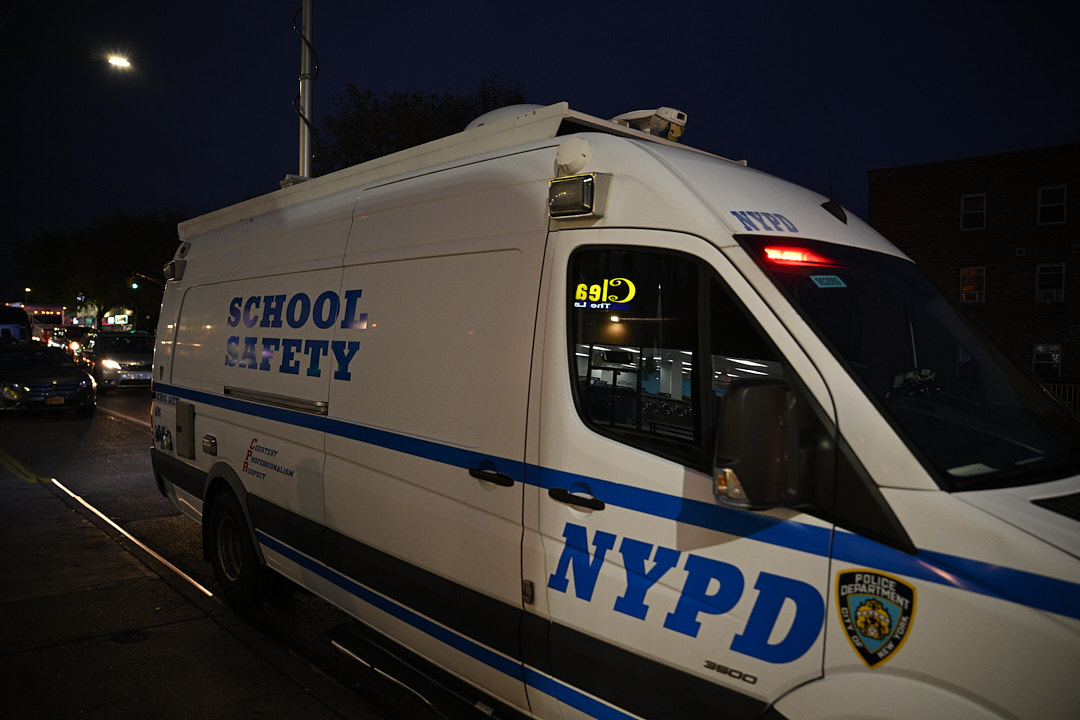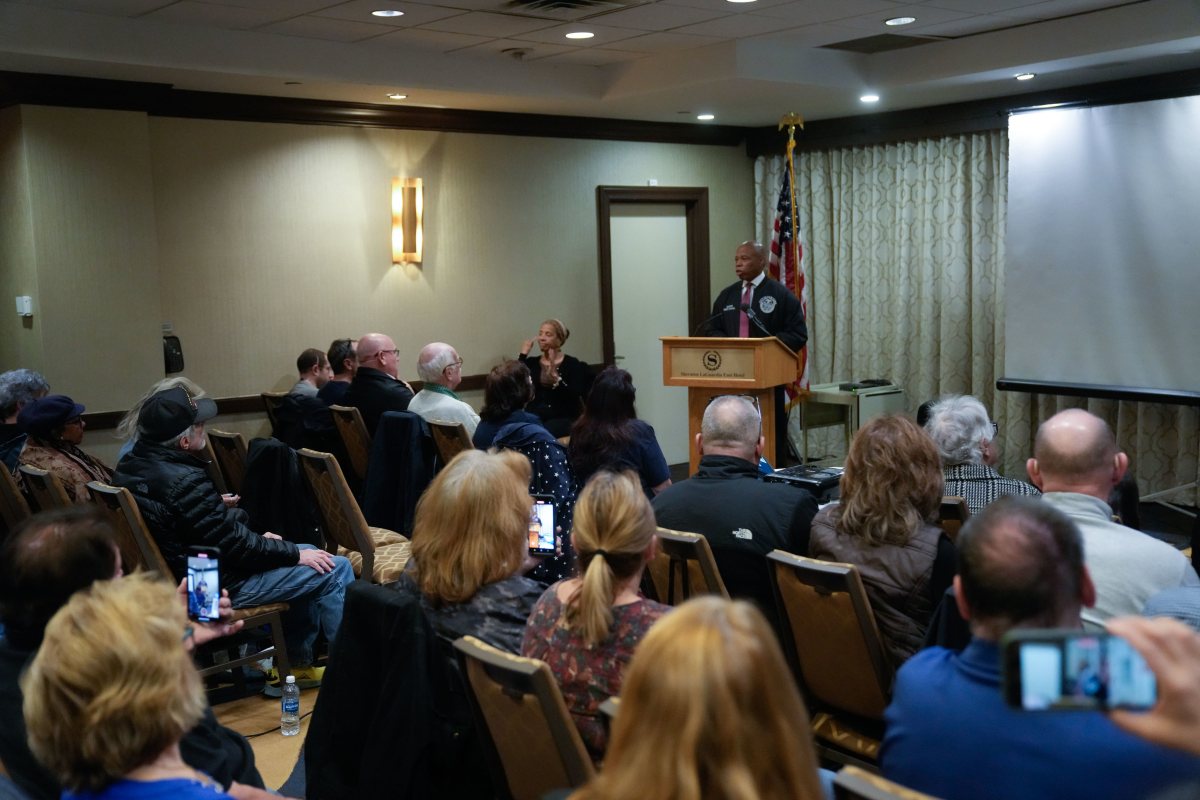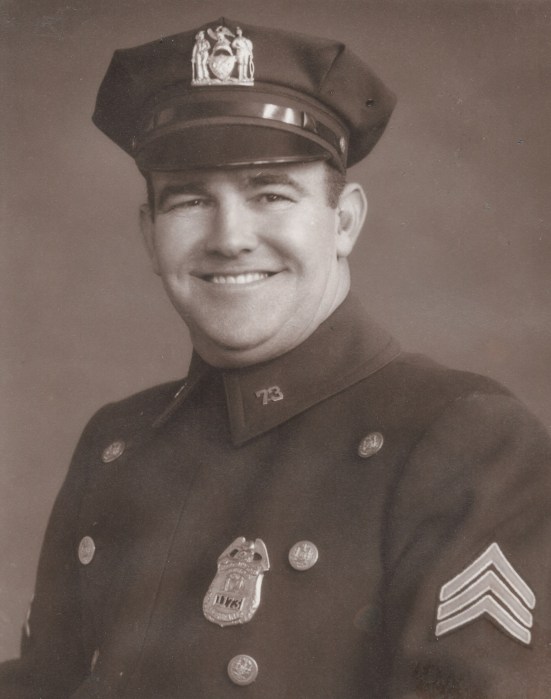Julia Rothman doesn’t consider herself a foodie. But she is fascinated by food.
The Brooklyn illustrator has done two books that are in the food realm — “Farm Anatomy” and “Nature Anatomy” — and her third, “Food Anatomy” (out now, $16.95) is all about how we eat, from place settings to exotic fruits to sandwiches of the world to common cakes.
“I like eating good food and I go out to dinner a lot, but I’m not in that world,” says the illustrator, 36. “I’m an average person who loves to eat and wanted to learn about food and explore it through drawing.”
We spoke with Rothman about her latest book.
Did anything you learned in making this surprise you?
It’s the quirkier stuff that I like the most, like learning the short order lingo for restaurants — like Adam and Eve on a log are two eggs and sausage. I didn’t know those things, and it’s funny to find out and think about what’s going on in the back kitchen. I went and watched people make noodles — that was really interesting. In Finland, we made traditional Finnish rye bread from a root [sourdough starter] that was 100 years old. And trying all the fruits that I’ve never tried before. Trying to eat a durian — that didn’t go so well. I didn’t actually get it into my mouth — the smell, I thought I would puke. All I did was a small drawing of a durian in the book, but I felt like I still wanted to try it and experience that. I did as much as I could while we were working on this. I can’t draw it without eating it, that won’t be right.
What local research went into the book?
A lot of the things from other countries I would try to find here, so like going to Flushing, Queens, and going to the Asian markets there. I did that a couple times. Going to Sahadi’s, a Middle Eastern grocery store. The spices were all there. I was writing every single spice down to make sure I had gotten them all to see if we wanted to include them in the book, because half of them I didn’t know. I love that place. I love buying all the stuff in bulk, the way it’s handled, the number you get and they call your number — an old-style kind of place.
Did you travel anywhere else beyond Finland?
I was going to Uganda anyway, because my sister researches primates there. While I was there I ate all the food there, and some of that made it in — matooke, these squished bananas. Also I was in Amsterdam and was eating all the cheeses there. Anywhere I traveled, I tried to eat things, because I knew this book was coming up. In Finland, I got to go to a strawberry farm and ate strawberries for two days straight, they were amazing. The sweetest strawberries I’ve ever had. Karelian pies are also made there — traditional Finnish rye bread on the outside, and then there’s rice porridge poured into it — it’s a little pastry. I can’t find that in New York at all. I find that very surprising, because it’s an amazing, delicious thing. I think people would love it here.
Going in, did you have anything you knew you wanted to be included?
The thing that wanted me to do this book was learning about cashews and how they grow. One day I was like, how do cashews grow? I learned there’s this apple, and they’re at the bottom, and there’s this one cashew for each of these fruits. It was a crazy revelation as I’m stuffing my face of cashews by the handful. That’s how this whole thing got started. Once I found that out, I thought, I better check on every nut. Are there other nuts that grow in weird ways and I never thought about it? I think the average person doesn’t think about that — how does this grow, where did it come from, how did it get here? I think it makes you appreciate food more.
Why do you think illustrated books are appealing?
These books are really accessible. It’s a simple way to explain things, with drawings and pictures. It’s not these really long, dense paragraphs of information — it’s more like little details that are really interesting and fascinating to people. And I think it covers a wide range of stuff. It was nice to hear that it appealed to young people as well, I didn’t expect that, I thought it was an adult book. But a lot of librarians and people who home school are into the books because they use them to teach their kids about farms and nature, which is amazing. On Instagram, people will tag me and it will be like, kids sitting with the books and redrawing the pictures. When I was a kid, I did the same thing with books. It’s come full circle, it’s heartwarming to see that.
If you go
Julia Rothman celebrates the release of “Food Anatomy” with a food book party Nov. 17 from 6:30-8:30 p.m. at West Elm Dumbo | 2 Main St., DUMBO | $25 (includes copy of book) | tickets at eventbrite.com
Julia Rothman’s food faves
Julia Rothman, author of the new book “Food Anatomy,” shares her favorite restaurants and shops in NYC — many of which are near her Park Slope apartment.
- Chuko: “My favorite ramen is at Chuko. It’s the best ramen ever.” 565 Vanderbilt Ave., Prospect Heights
- Paulie Gee’s: That’s “where I go for pizza.” 60 Greenpoint Ave., Greenpoint
- Valley Shepherd Creamery: “This is right around the corner form me and has all different kinds of cheeses and breads and chocolates — the best three things.” 211 Seventh Ave., Park Slope
- Russo’s Mozzarella and Pasta: “The best mozzarella is from Russo’s. It’s great.” 363 Seventh Ave., Park Slope
- Bar Corvo: “When I go out to eat, I love Bar Corvo. They also own Al Di La.” 791 Washington Ave., Prospect Heights
- Kulushkat: “For falafel. The falafel’s really good.” 446c Dean St., Park Slope
- Grand Army Plaza Greenmarket: “The farmers market in Grand Army Plaza is where I get a lot of stuff.” Prospect Park West and Flatbush Avenue, Park Slope



































